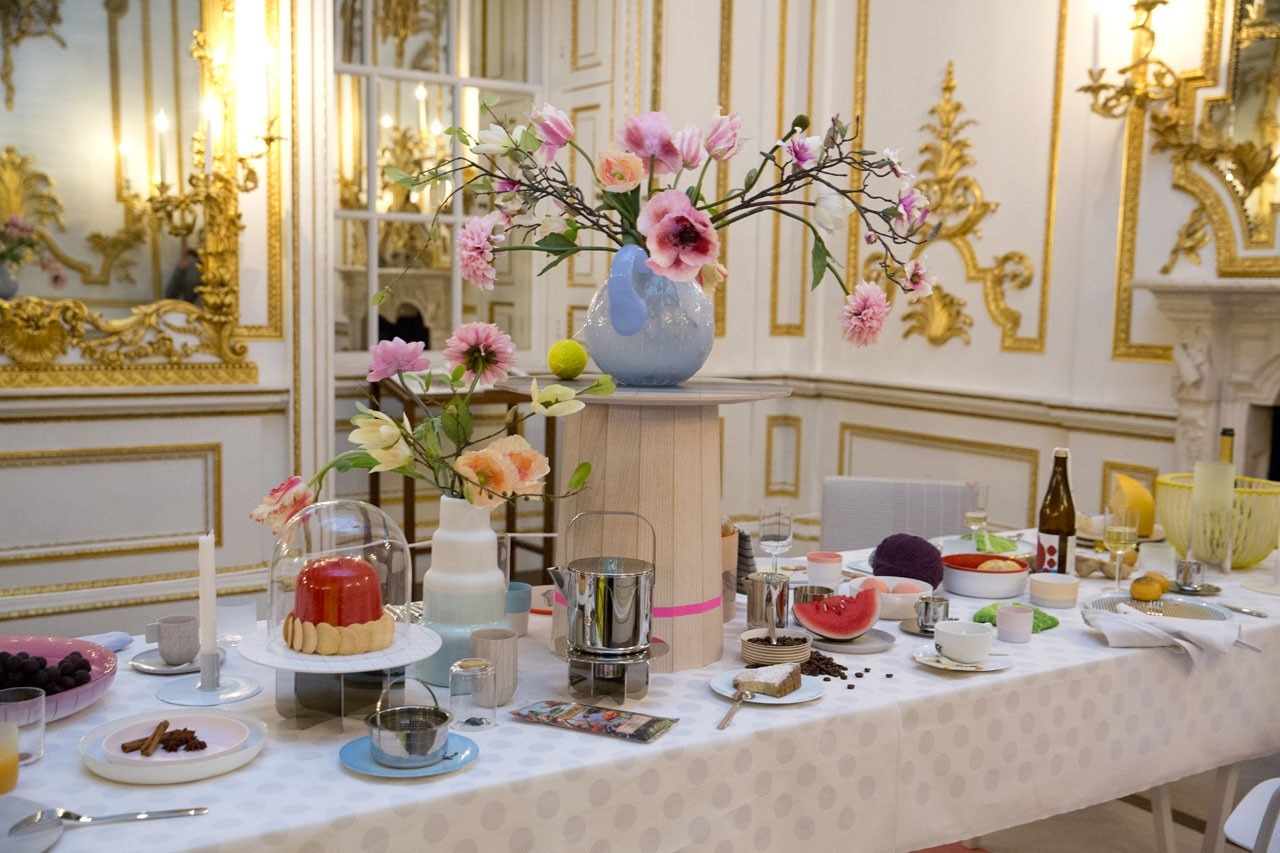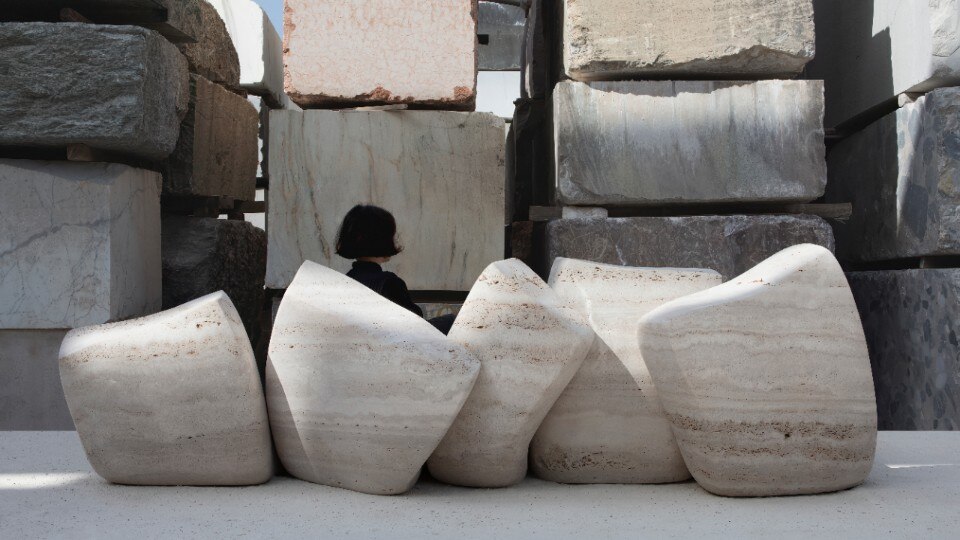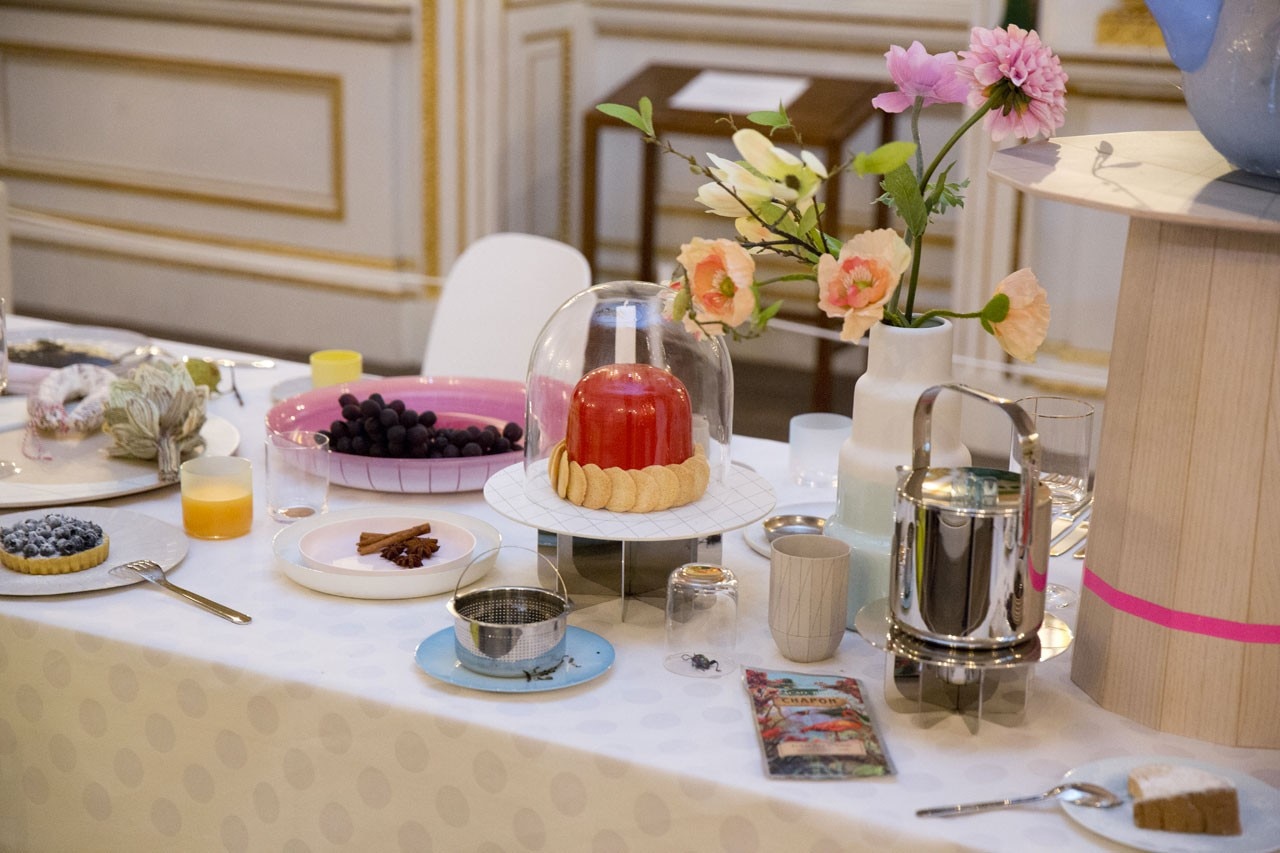
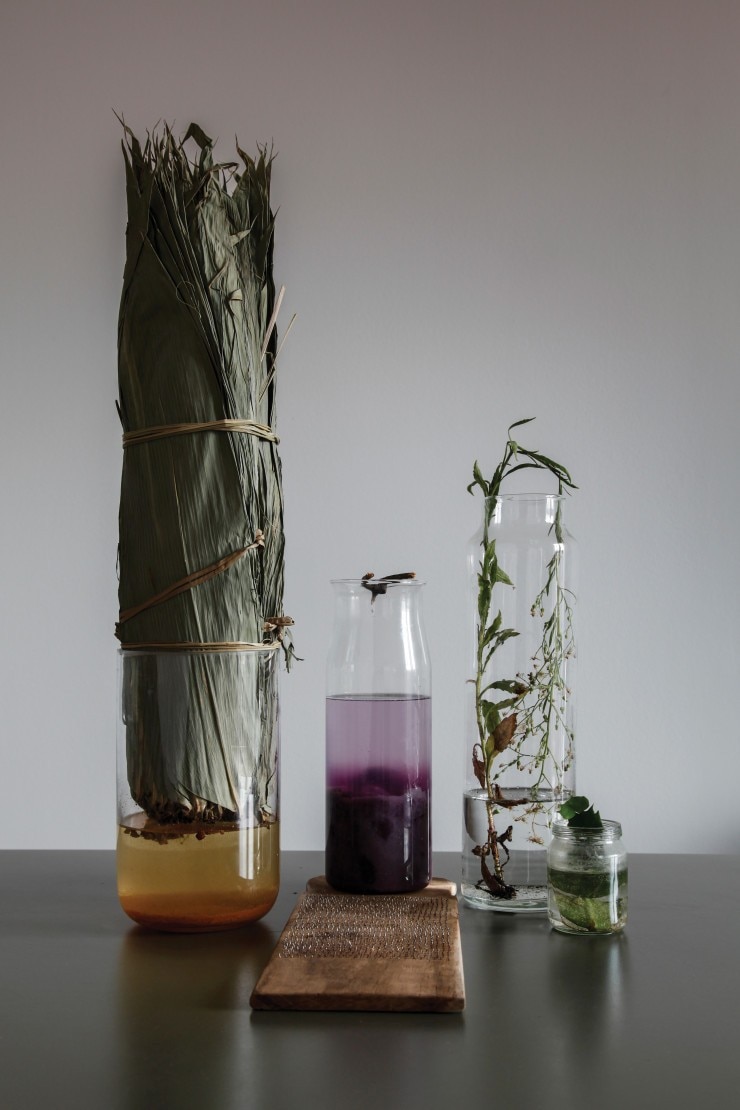
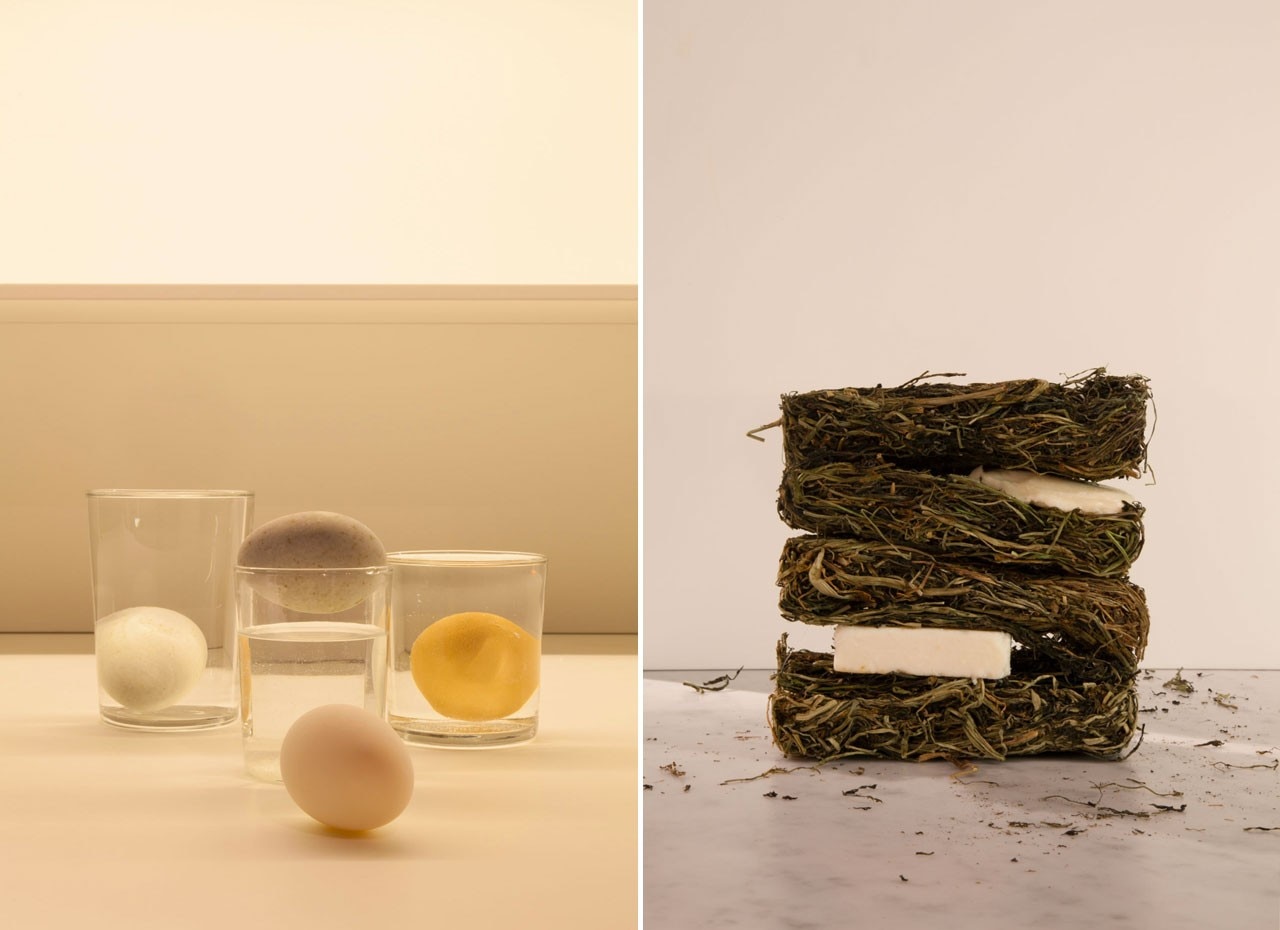
The child of Francesca Sarti, the all-female group is based between Milan, London, Florence and Rome. Arabeschi di Latte is evidence of what happens when an architect puts their education into something other than building – Sarti studied architecture before deciding that food would be “the perfect tool to create architecture without construction”. Her dissertation on food kiosks prompted the collective’s DIY approach: “The kiosk is an ancient structure serving street food, which becomes an example of micro-architecture with great add-on potential. It acts as an urban meeting place. With our projects we activate and read spaces through food,” she writes.
“We try to emphasize the specificity of each space and its context. For example we recently made a dinner for the anniversary of an Italian brand that produces hardware tools. The dinner, served along a designed work bench, took inspiration from the factory space itself, with its long corridors, high ceilings and industrial machinery.”
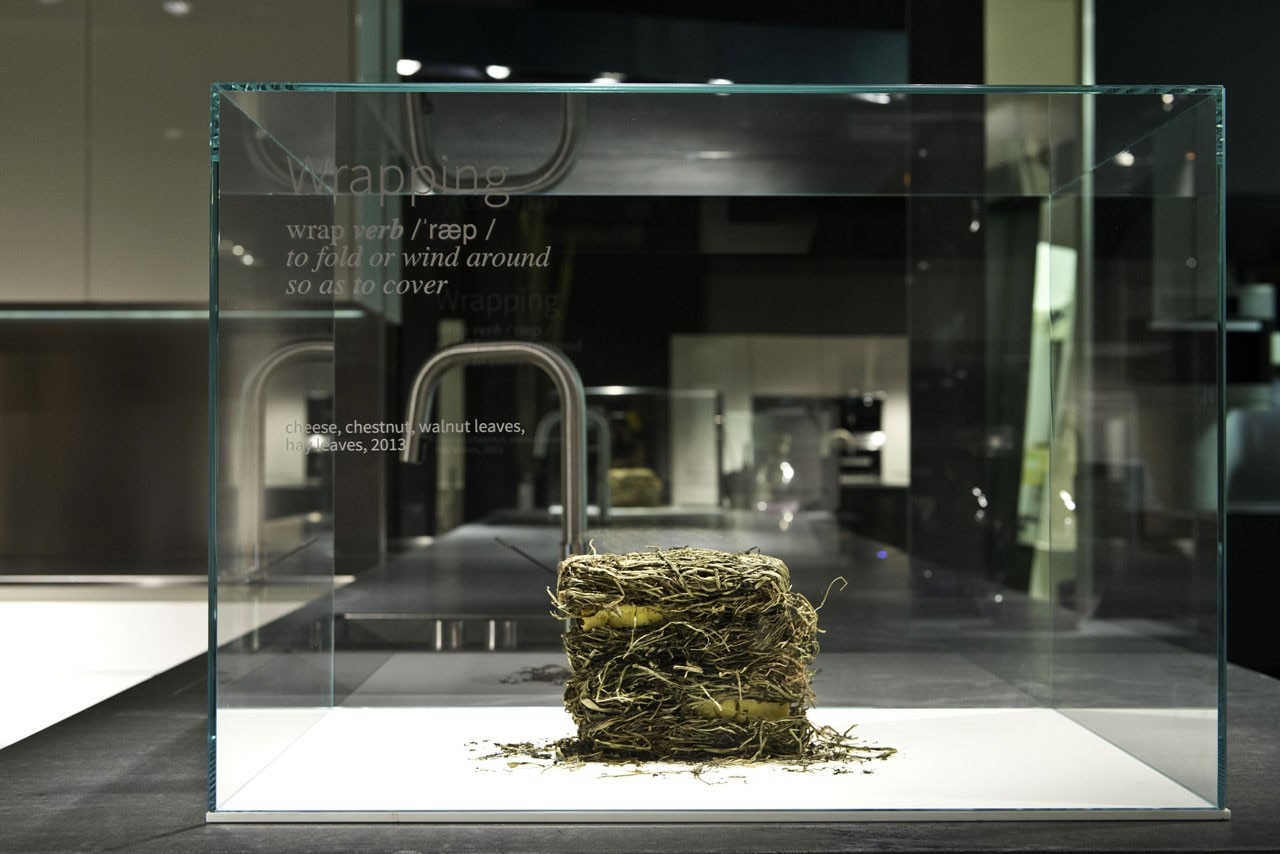
At LDF this year Arabeschi di Latte conceived Food Remix. A postproduction lab for the Boffi showroom, which aimed to turn kitchen units into making stations at which guests could perform “simple processing actions like smoking, steaming, coating, coloring, soaking and seasoning” to turn food into “edible artifacts”.
“Long fascinated by Nicolas Bourriaud’s definition of the term, we wanted to see if postproduction could have any meaning for food”, says Sarti. She suggests that these processes could be viewed as “a typology of postproduction editing”. Practically, this meant visitors participating in some elements of the food preparation, steaming duck eggs in a large broth of loose leaf tea, rolling out pastry cases, or dipping dried figs in liquorice paint.
The event felt lab-like, with assistants in white coats, if the theoretical starting point was mostly overlooked. Beginning not from an existing work, but from a set of ingredients, any recipe of several parts could, in this way, be said to involve postproduction, and any deviation from a fixed recipe, experimentation.
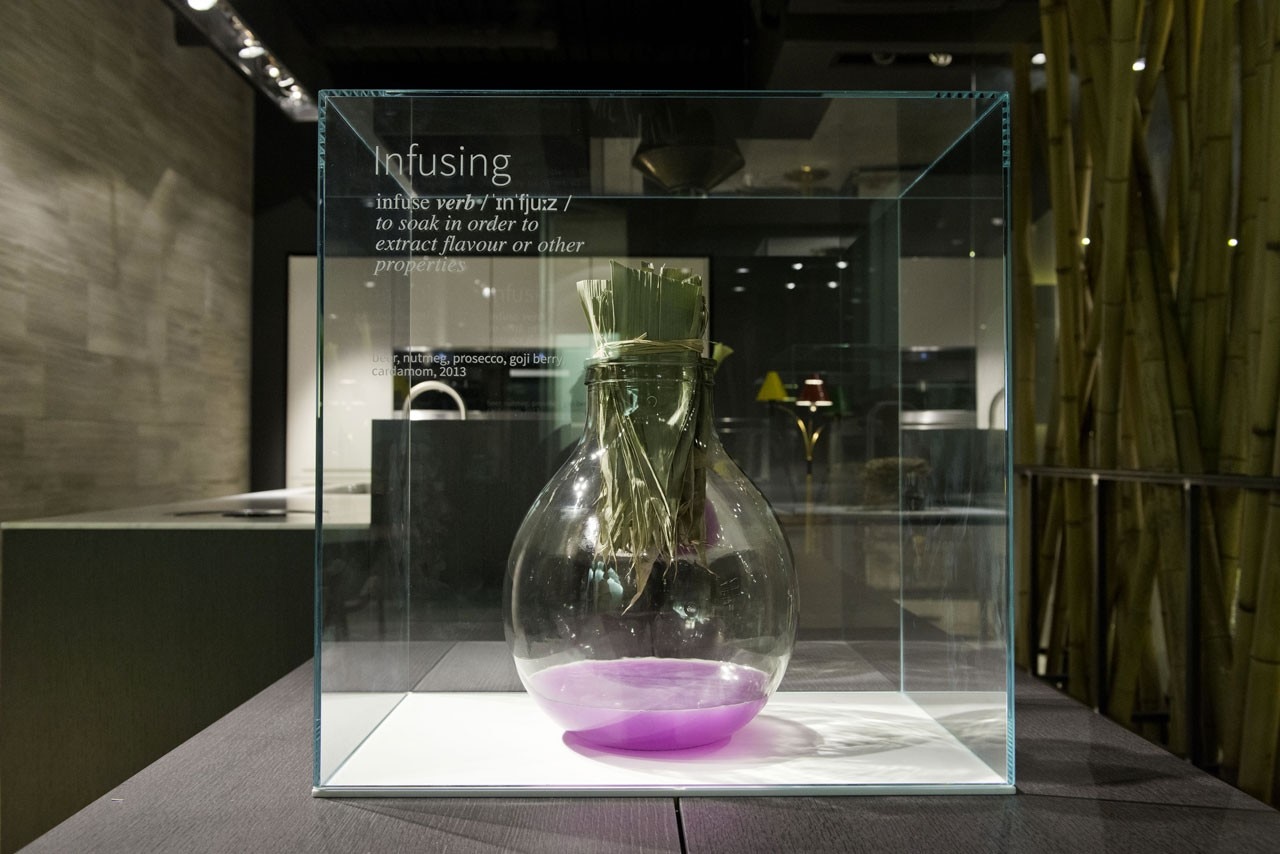
Sarti describes Arabeschi di Latte’s ethos meanwhile as “a mix of the Margiela basic aesthetic with a kitschy old auntie style”. This means deconstructing the process of making and redefining what has come before – something that is key to Bourriaud’s notion.
The collective ironically rework the stereotype of the housewife – serving gin in spoonfuls like Mary Poppin’s medicine, or throwing capsule afternoon teas in photogenic colours – while creating their own playful space within the historically male-dominated industries of architecture and haute cuisine.
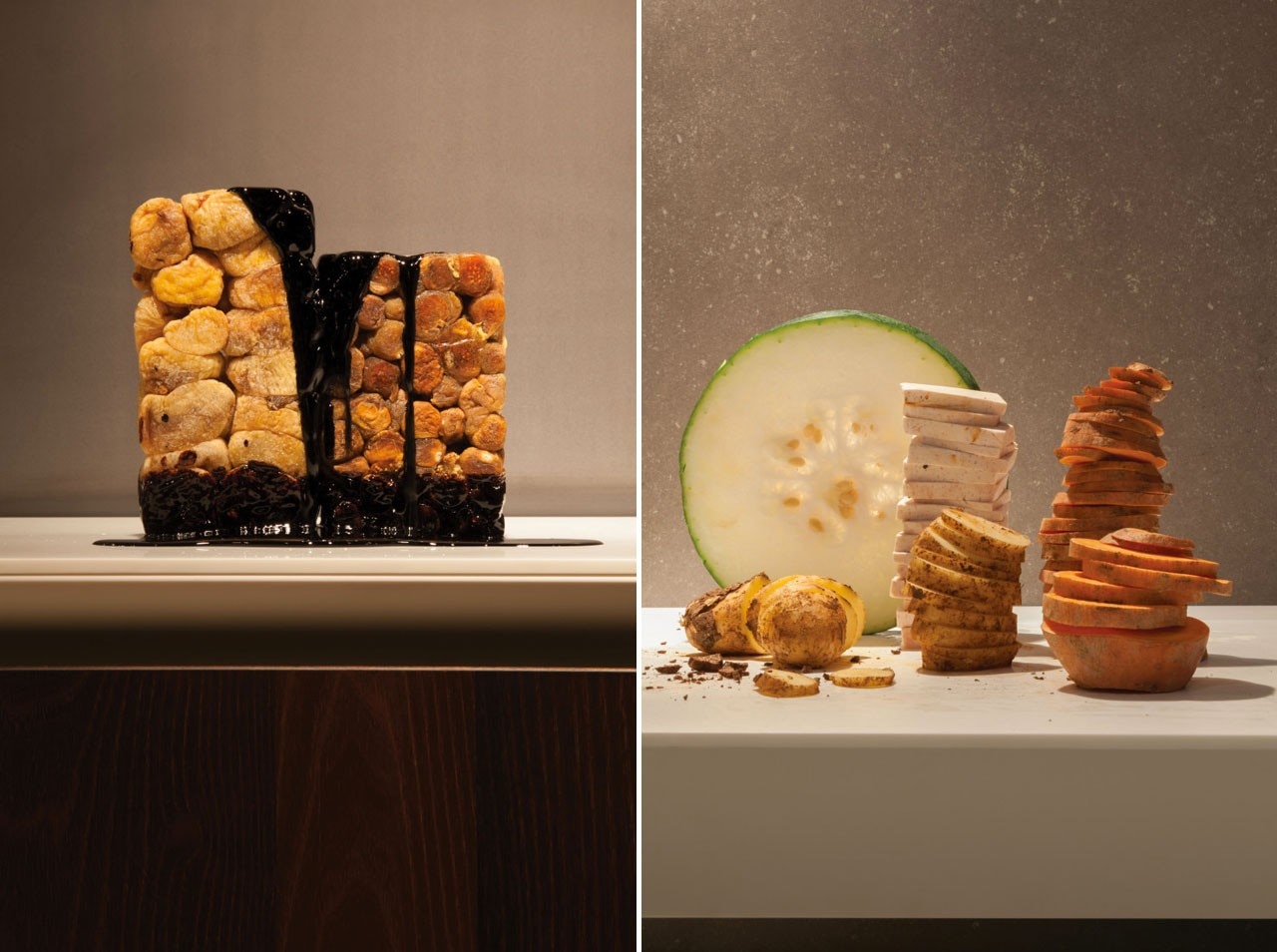
Sarti may aspire to “a kind of culinary playground”, but the primary function of food as a resource and necessity is not forgotten: “Even if our approach is playful, we never play with our food.” A handmade in-flight meal developed for Wallpaper magazine encapsulates Arabeschi di Latte’s outlook – a balance between respect for the artisan and the invention of the artist.
Coming from a country whose cuisine is steeped in tradition, what does Sarti consider to be the best-designed Italian dish? “The schiacciata alla fiorentina – a seasonal cake prepared during carnival in Florence. I like its simple shape, its perfect texture and the fact that it is super seasonal and local. You can’t find it outside of Florence, not even in the surrounding area or after the carnival period.”
The collective will next look to another country with centuries of ritual – Japan – for a research and publication project.
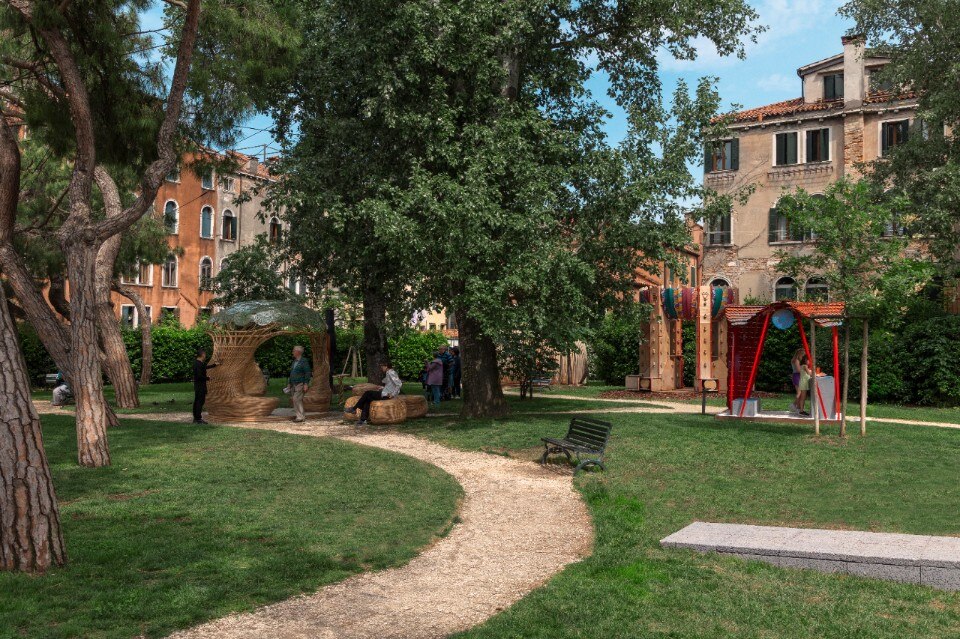
Time Space Existence: the Future of Architecture In Venice
Until November 23, 2025, Venice is the global hub for architectural discussion with "Time Space Existence." This biennial exhibition, spearheaded by the European Cultural Centre, features projects from 52 countries, all focused on "Repairing, Regenerating, and Reusing" for a more sustainable future.


